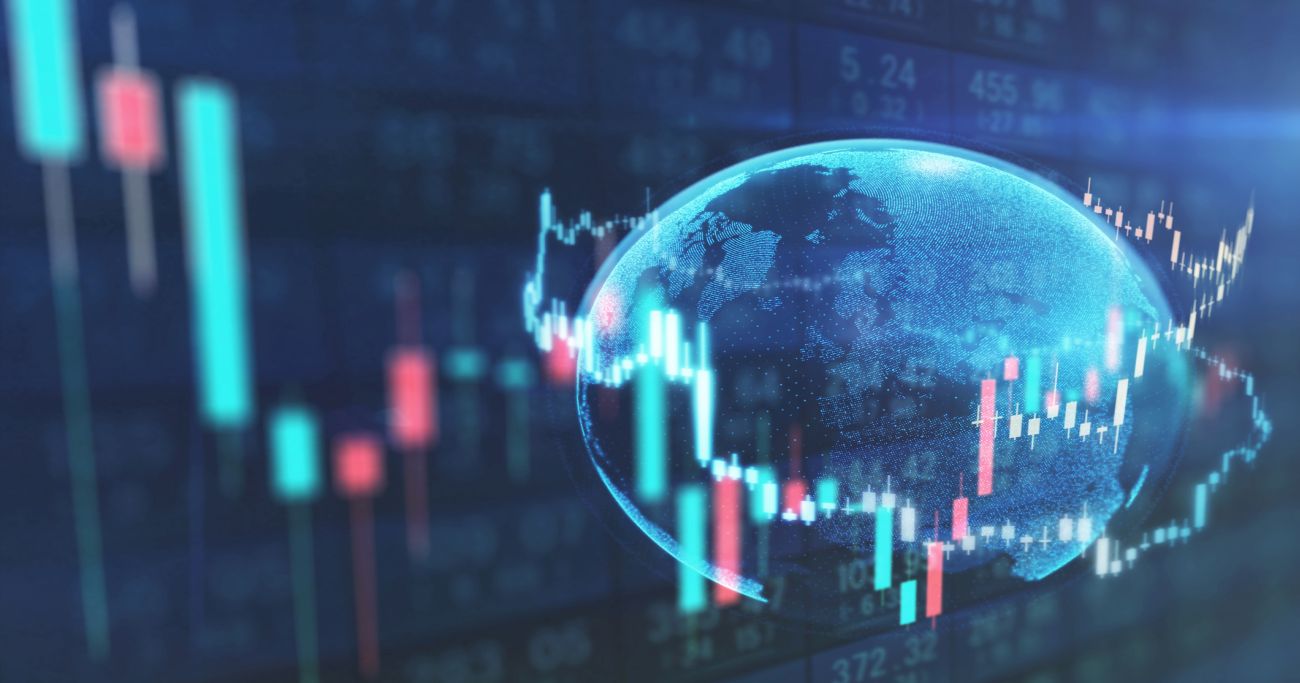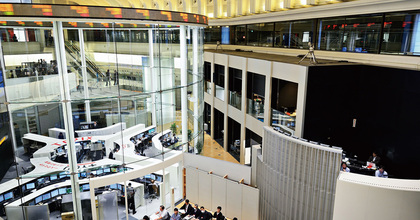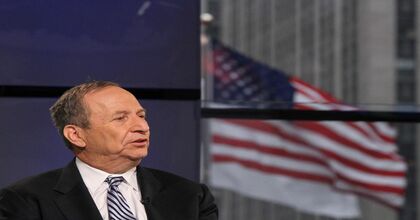Originally published in Japanese on Dec. 17, 2022
Gauging sentiment
In 1966, the S&P 500 saw a mild bear market until early October. The index fell 22%, weighed down by worries over the Vietnam War, protests, divisive U.S. midterm election year politics from one party control, red-hot escalating inflation, U.S. Federal Reserve rate hikes and huge recession fears. Yet the bull began then and without “capitulation” — no “sell everything” panic that usually ends bear markets. After a sneakily positive 6% fourth quarter, stocks soared 24% in 1967.
In thinking about where markets may go, balance politics and economics versus current sentiment. Markets move most on gaps between future reality and current expectations. If fears over political and economic developments are overdone, positive surprise ensues. That points to a new 1967-like bull market now
Take sentiment. As Sir John Templeton famously said, “Bull markets are born on pessimism.” Now, that abounds. Most people say America is in recession or will be soon. The American Association of Individual Investors’ November 11 sentiment survey showed 47% of respondents are bearish, far above the 30.5% norm. Globally, the same holds. Sentix’s October gauge of Japanese economic expectations hit minus 16.6, its lowest since COVID shutdowns and the Great Tohoku earthquake of 2011 before that. Bears say stocks must fall, citing capitulation’s absence. They forget 1966. Bleak, dismissive expectations make positive surprise and rising stock prices easier to attain.
America’s bullish midterms
Reality is better than envisioned. Take politics. Like 1966, 2022 was a U.S. “midterm” year. In September, I told you the November 8 legislative midterm election would hand one or both Congressional chambers to Republicans, delivering gridlock, ending big, controversial legislation and reducing political fear. U.S. midterms are recovery fuel, launching stocks’ most positive three-quarter stretch in history. Since 1925, U.S. stocks were positive in 87.5% of both the first and second quarters post-midterms. That starts the president’s third of four years in office — the best, averaging 18.4% returns — and it has never once been negative since 1939 as World War II began, and even then it was only down 0.9%
Yes, 2022’s vote proved tight. Still, the House of Representatives flipped to Republicans, blockading Democratic President Joe Biden’s agenda. Clear party-line gridlock will assuage fears of scary legislation — as usual.
Faulty recession fears
Recession fears abound. Data supporting them do not. U.S. third-quarter gross domestic product (GDP) grew 2.6% annualized, reversing two quarterly declines (which were skewed by inventory change and imports). Japan’s third-quarter GDP contracted, but was also import-skewed by yen weakness. Even the eurozone GDP expanded by 0.8% annualized.
That is the past. But loan growth is not. U.S. October non-mortgage lending hit 12.0% year-on-year, accelerating all year — inconsistent with a looming recession. While the Fed thinks it is tightening credit by hiking short rates, it is not. Those hikes only directly impact interbank lending. U.S. banks are awash in deposits, which fund future loans. They need not borrow from one another, disarming fed-funds rates. They also need not raise deposit rates much to lure more loan base, keeping their funding costs near zero. So rising Fed rates actually make their lending more profitable. Hence the loan growth. Lending seeds investment and spending.
Many points to 3-month Treasury yields topping 10-year — a traditional recession portent called an “inverted” yield curve. But it typically works because short rates usually reflect banks’ funding costs. But they do not. Today’s deposit glut undercuts that. In 1966, Fed hikes inverted the yield curve, too. Yet the most material inversion came after stocks bottomed. No recession came.
On inflation, improvements are ahead. Input costs are falling. Commodities from oil to wheat have tumbled. The New York Fed’s Global Supply Chain Pressure Index is well off year-end 2021 highs. Broad money supply growth, which topped 30% year-on-year in June 2020, was 1.9% in September. So October’s U.S. consumer price index slowed to 7.7% year-on-year from June’s peak of 9.1%. While high, inflation is now like a snake that ate a big rodent. There is a bulge in the middle — until the snake digests it. That is underway now. So, expect 2023’s realities to top expectations with a strong 1967-like U.S. stock market, and — given tight developed world correlations — Japanese and global ones, too.
For that, as is common, expect the sectors punished most in 2022 to lead in 2023, including technology, consumer discretionary, communication services and basic materials. Likely laggard categories are energy, utilities, and consumer staples, again, a lot like 1967.
Ken Fisher is the Founder and Executive Chairman of Fisher Investments, a $200 billion global investment management firm spanning Asia, North America, Europe, Australasia, and the Middle East. He is the author of 11 books, including four New York Times Bestsellers, and writes customized columns in leading publications in 15 countries. He lives in Dallas, Texas. The views expressed here are his own.











